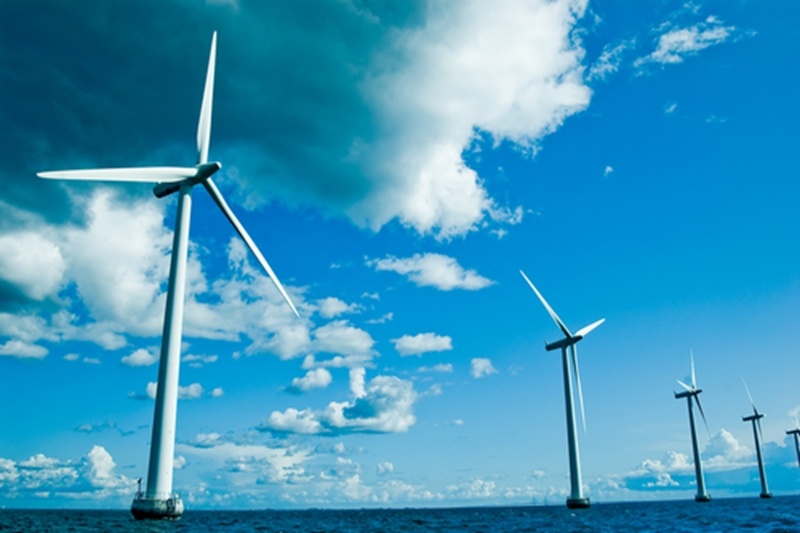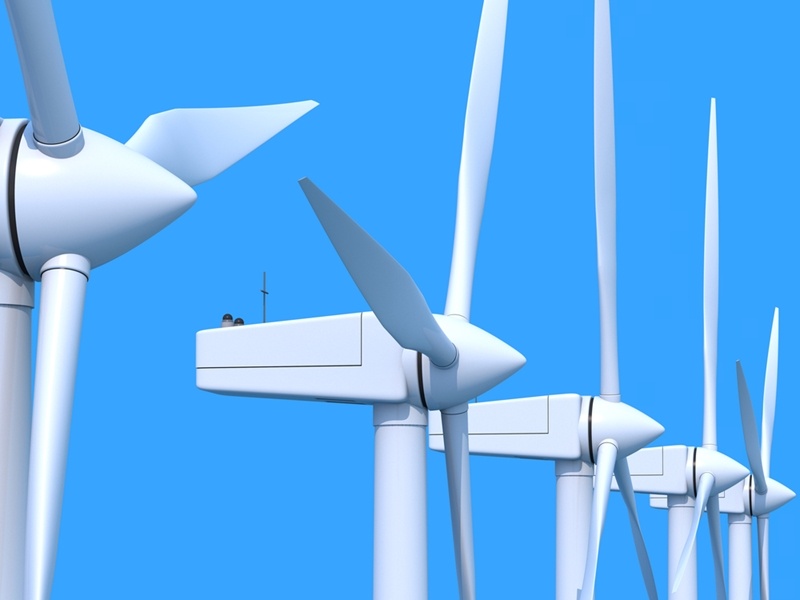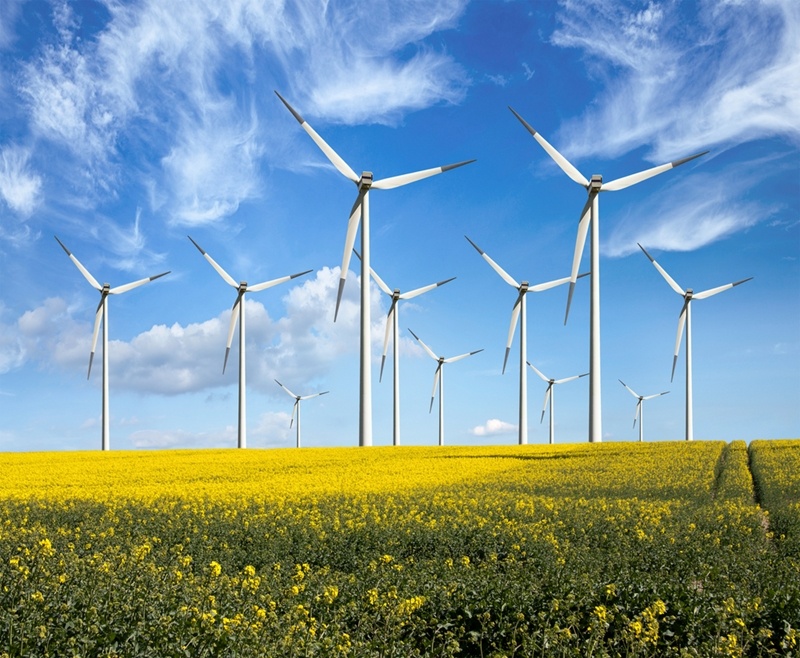Report finds that utility-scale wind generation kept prices stable last winter
As regulatory measures continue to limit the use of carbon-emitting plants throughout the U.S., other generation sources are increasing their role in the power generation mix. Of the several sources poised to fill the vacuum left behind by the widespread closure of coal-fired plants, wind energy seems poised to comprise a large and useful component of the total energy generating capacity in the U.S. This has already had an impact on grid reliability in several regions, and could continue to be a factor in diversifying the generation sources used in the U.S. moving forward.
Report says wind output held energy prices steady, improved grid reliability last winter
To that end, the American Wind Energy Association has released a comprehensive study on the impact that utility-scale wind generation had on electricity prices last January, during the extended cold caused by the sustained Arctic Blast.
Normally, it is expected that extended bouts of freezing temperatures would lead to high electricity prices due to supply bottlenecks and increased demand for heating sources. And while energy prices did rise within RTOs throughout much of the country last winter, the AWEA report found that the strong generation numbers coming from utility-scale wind turbines kept prices from spiking as far as they could have in the absence of wind power.
For example, the actual cost of all wholesale PJM power delivered on Jan. 6-7, 2014, was $2,727,058,389, according to the the AWEA report.
"Our analysis found that it would have been $1,008,545,863 higher without wind. So wind reduced the cost by 27%." AWEA Director of Research Michael Goggin said in an interview with Utility Dive.
Goggin explained that can wind improve grid reliability and keep costs low because when the turbines are generating power, natural gas and coal-fired peaker plants don't have to be brought online to make up any supply shortfalls.

Wind power has made the grid more reliable and helped operators control costs.
What can be expected from wind generation this winter?
While this winter is far from over, and reliable current data is not yet available, early reports are showing that utility-scale wind power could be having the same effect on prices and generation as it did last winter. In fact, the renewable's impact could end up being even greater this year.
According to a report from Utility Dive, on Jan. 8 of this year, the MidContinent Independent System Operator broke its previous record, which it had achieved two days before, by obtaining about 11,835 MW from wind energy. This means that just over 10 percent of its roughly 84,000 MW load at that moment for all or part of 15 states came from wind.
Several other grid operators saw similar results. PJM's wind energy production during the cold snap from Jan. 7-9, climbed over the 5,000 MW mark, which could approach the record high output level from this time of year in 2014. The Electric Reliability Council of Texas recorded a record 10,957 MW of wind output on Christmas day last year.
Due to the cold snaps, consumer demand for power has been high, as it is every winter in most of the country. But due to the the record-setting wind output, along with the breakneck pace of natural gas production from U.S. shale plays and the large stockpiles of the commodity, the price spikes that one would expect during the cold season have not yet materialized in many regions of the country.
"Power demand and prices have been high throughout PJM and MISO this week due to the extreme cold, so having wind generation steady at near-record levels throughout this period has greatly assisted grid operators and kept power prices low," Goggin said in a Jan. 10 statement, Utility Dive reported.
This content is property of ESCO Advisors and all reproductions must reference and link back to the ESCO Advisors website.
Share this
You May Also Like
These Related Stories

Why the Energy Department has high expectations for wind generation

Is U.S. wind energy caught in an updraft?


